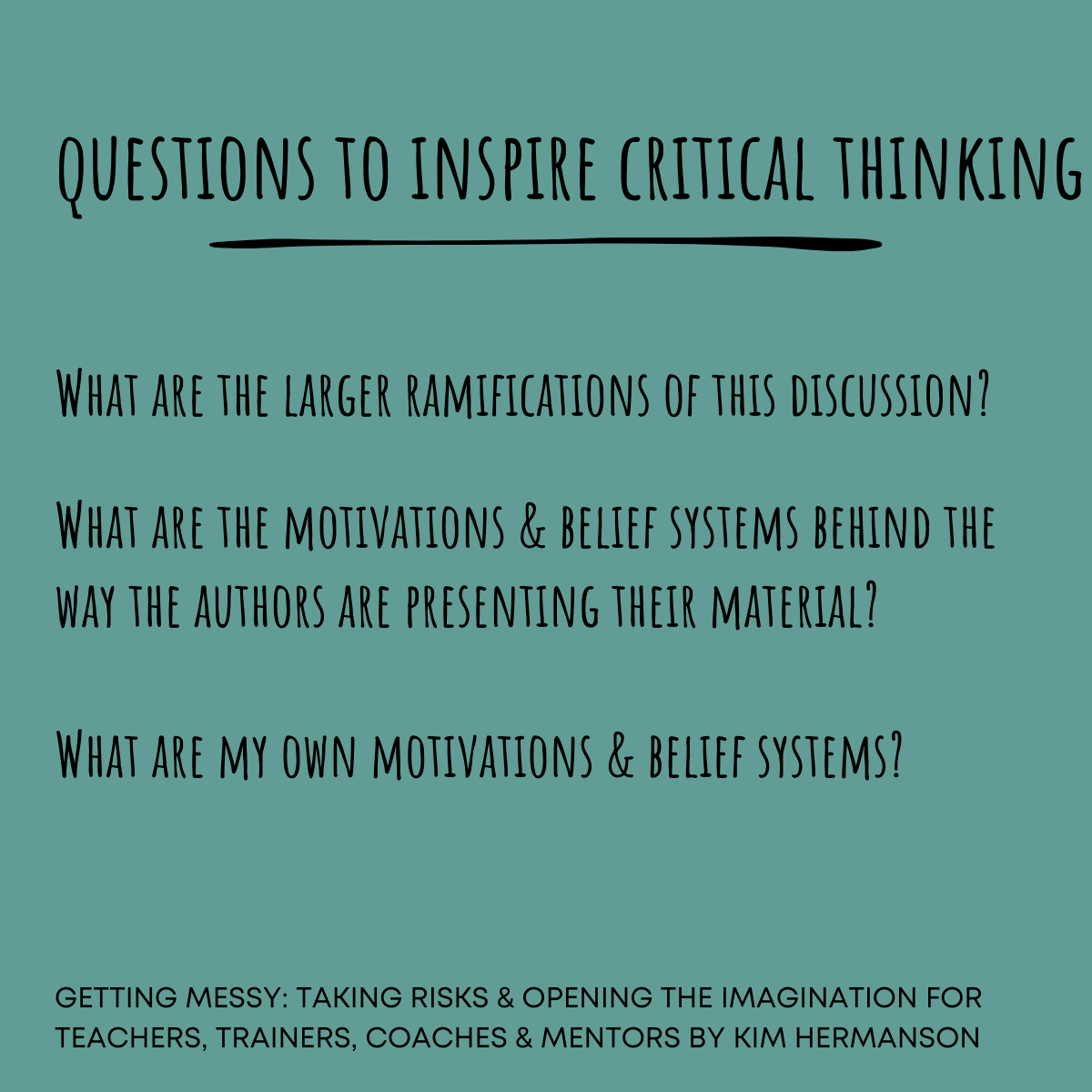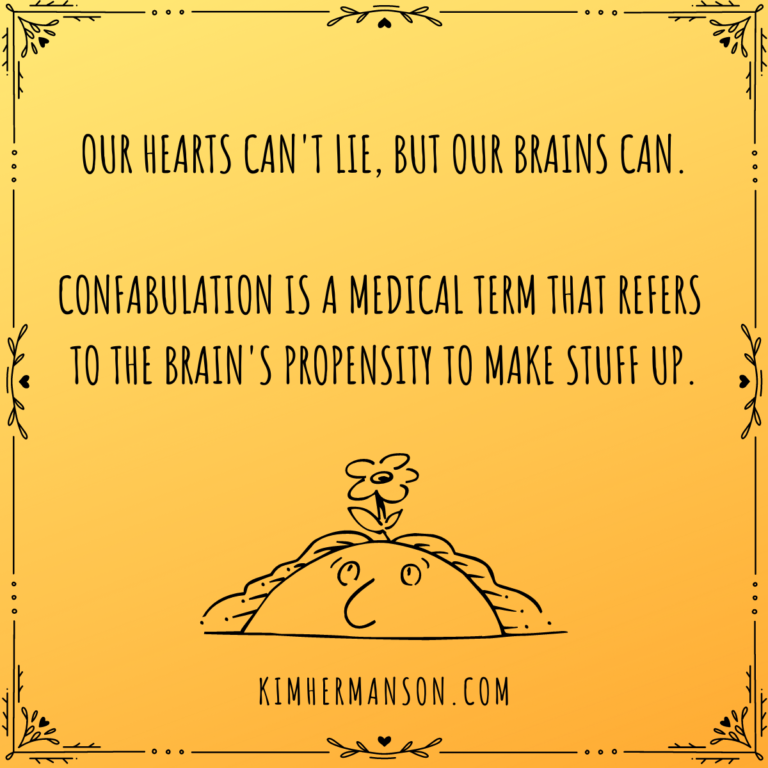Critical thinking: The art of looking deeper

Critical thinking is often misunderstood as the act of finding faults or poking holes in arguments. Perhaps it’s the word “critical” that trips us up, conjuring images of harsh judgment or opposition. But true critical thinking isn’t about tearing things apart—it’s about going deeper.
At its heart, critical thinking is the ability to look beneath the surface of what’s being said or discussed. It’s about uncovering hidden layers and examining not just the content of an idea but also the context and the lenses through which we see it. It’s a practice of depth, inviting us to engage with curiosity rather than judgment.
Here are some key questions that guide true critical thinking:
- What unspoken assumptions, values, or belief systems shape this perspective?
- How does my own lens—my experiences, biases, and emotions—color the way I’m interpreting this?
- If I feel strongly about an idea or perspective, why? What deeper truths or unresolved tensions might be fueling my reaction?
True critical thinkers don’t just skim the surface—they look for the larger ramifications of a discussion and the underlying motivations driving opinions, including their own. They reflect on how the way something is framed reveals deeper truths:
- What larger patterns or themes emerge from this discussion?
- How does this idea connect to the bigger picture of our world?
- What energizes or inspires me here? What makes me feel stuck or resistant?
Critical thinking also asks us to observe our emotional and physical responses:
- Am I invigorated or energized by this conversation, or does it make me feel sluggish? Why might this be?
- Do I feel comfortable in this learning situation? If not, what might that discomfort reveal?
By stepping back and reflecting on both the content and the context, we begin to see the full complexity of a topic. We uncover nuances that surface-level analysis misses, gaining insights not only into the subject at hand but also into ourselves.
Ultimately, critical thinking isn’t about being “right.” It’s about expanding our understanding. It’s about asking better questions, examining assumptions, and creating space for discovery. When we approach ideas with openness and a willingness to look deeper, we move beyond critique to connection and wisdom.
True critical thinking doesn’t divide; it broadens. It’s a practice of seeing more fully—and in that deeper seeing, we find clarity, growth, and the opportunity for transformation.
Excerpted from Getting Messy: A Guide to Taking Risks and Opening the Imagination for Teachers, Trainers, Coaches and Mentors.





